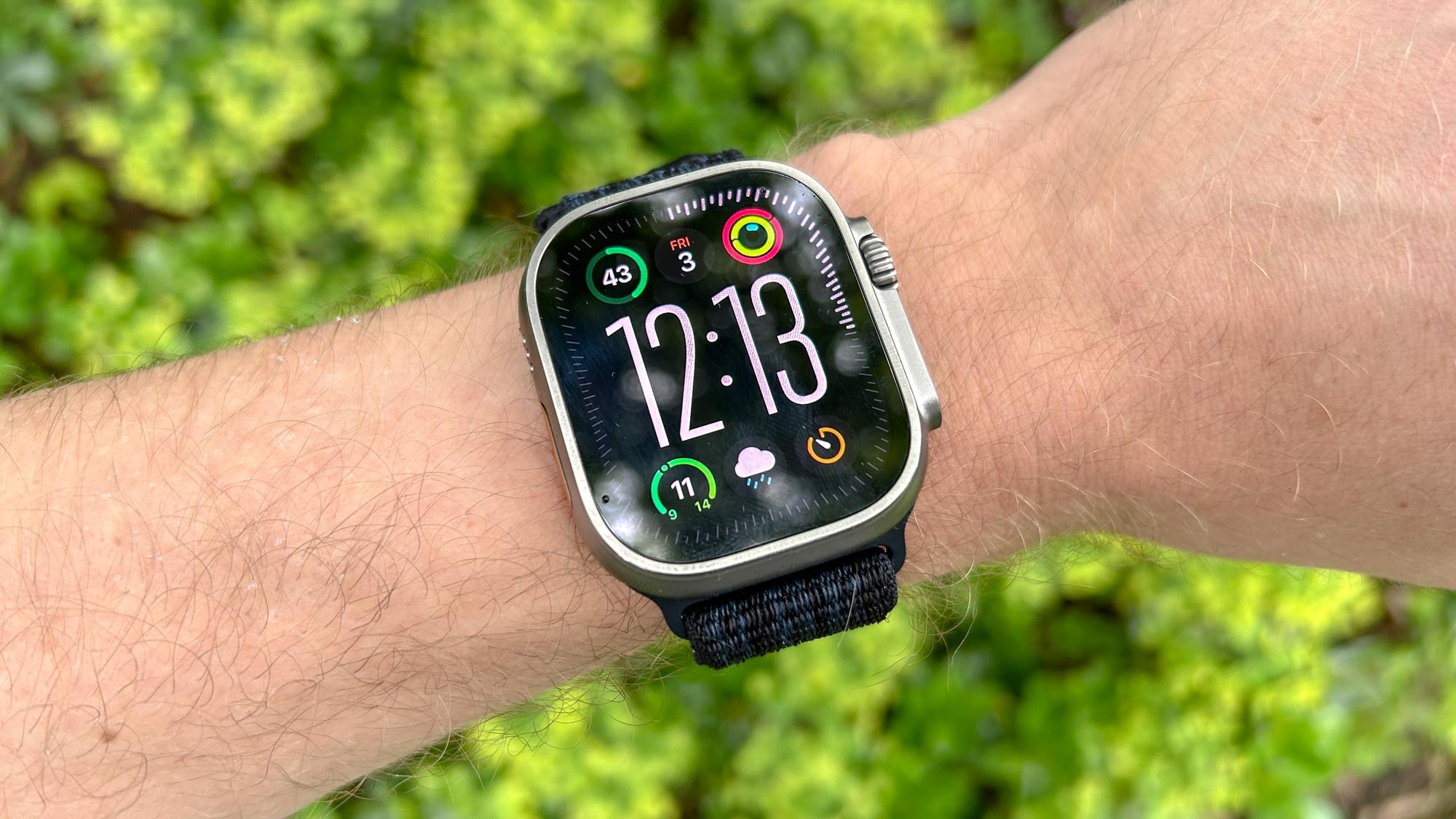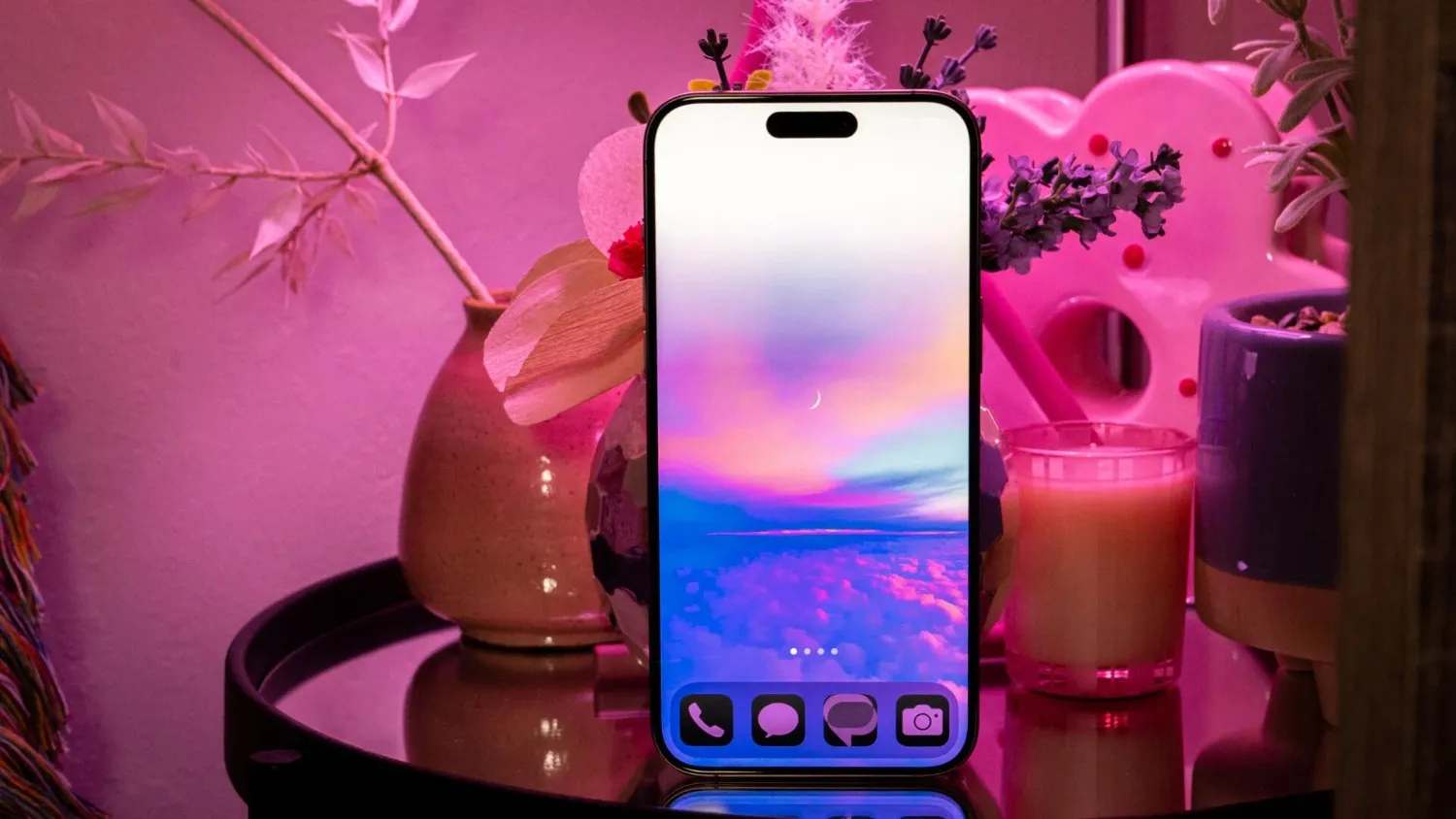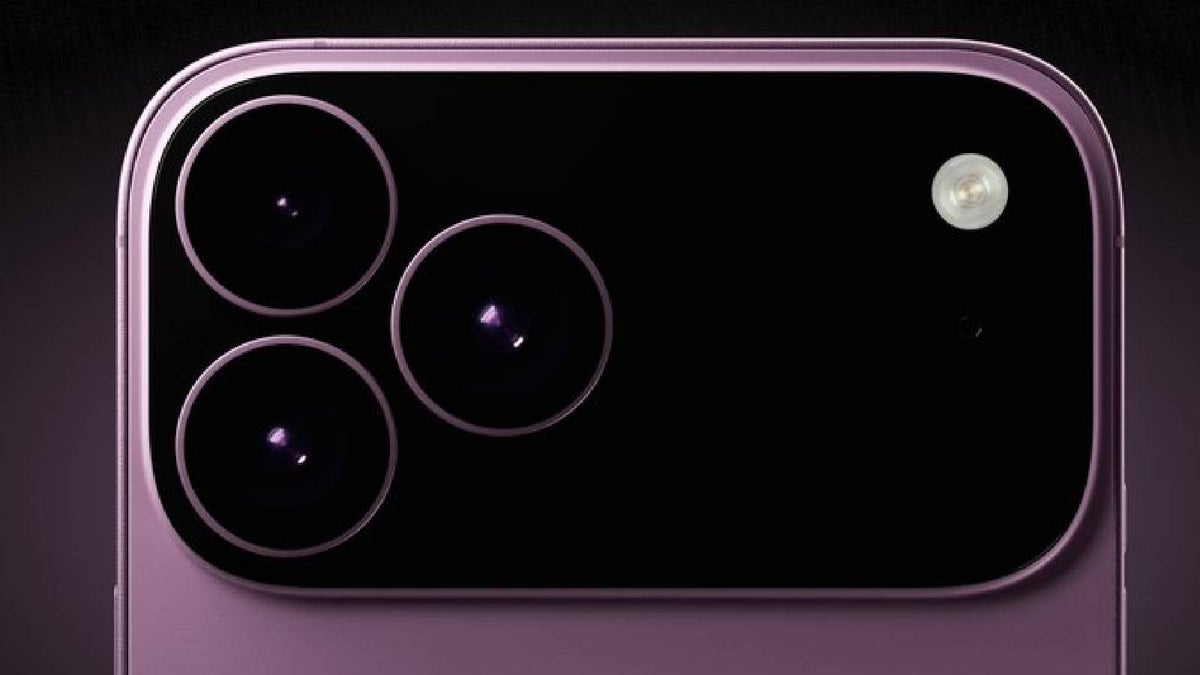Apple is working on exciting changes for its iPhones, with big updates planned for 2026 and 2027. For the iPhone 18 Pro models, rumors suggest Apple will hide Face ID sensors under the screen, making the display cleaner. Instead of the usual notch or Dynamic Island, there will only be a tiny hole for the front camera.
This change aims to give users more screen space while keeping Face ID’s security. Experts like Ross Young and Bloomberg’s Mark Gurman say this could happen by 2026, based on Apple’s testing of new display tech. Looking further ahead, Apple is planning something special for the iPhone’s 20th anniversary in 2027.
The goal is a truly all-screen iPhone, with no holes or cutouts. Both the front camera and Face ID sensors would sit under the display, creating a seamless look. This matches what former Apple designer Jony Ive always wanted—a phone that feels like one smooth piece of glass. Apple is already testing this tech in prototypes, like a foldable device with under-screen sensors.
These changes show Apple’s push to make iPhones sleeker and more advanced. The iPhone 18 Pro’s smaller camera hole is a step toward the 2027 vision of a fully edge-to-edge display. While challenges remain, like ensuring sensors work perfectly under the screen, Apple’s progress suggests a bold future for its iconic phone.







